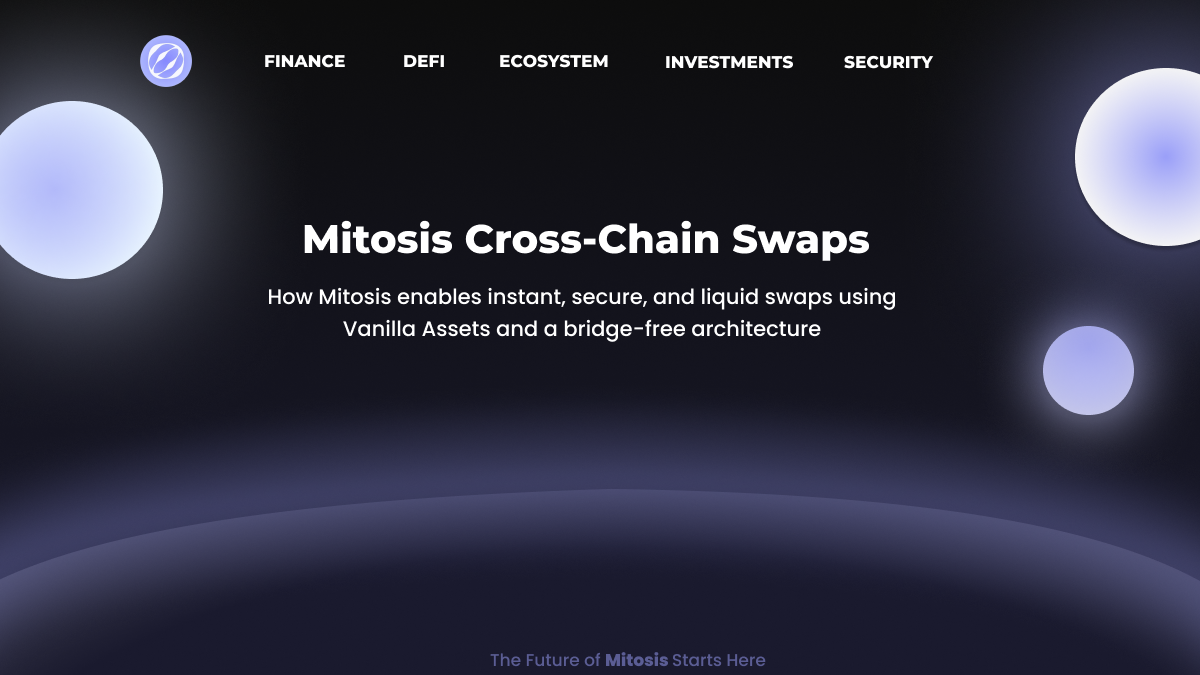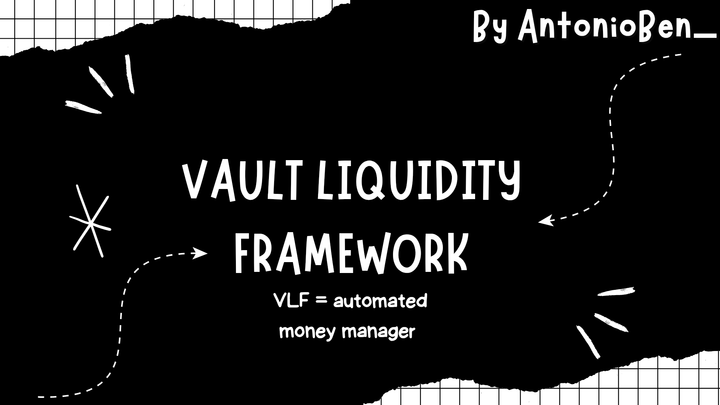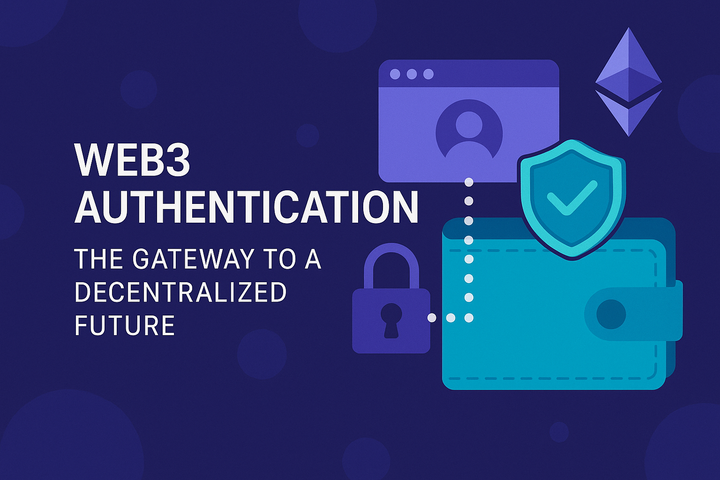🌉 Mitosis Cross-Chain Swaps: The Future of Bridge-Free, Instant DeFi Interoperability

How Mitosis empowers users with secure, fast, and cost-effective cross-chain asset swaps — without bridges, delays, or wrapping.
🔍 What Are Mitosis Cross-Chain Swaps?
Mitosis Cross-Chain Swaps enable users to instantly exchange assets across multiple blockchains without relying on traditional bridges or wrapped tokens. By using Vanilla Assets and an internal accounting layer, Mitosis allows seamless movement between networks like Ethereum, Arbitrum, Optimism, Base, Scroll, and others.
🔗 How Mitosis Cross-Chain Swaps Work
🔗 What Are Vanilla Assets?
🔗 Intro to Mitosis Protocol
⚙️ How Does the Technology Work?
At the heart of Mitosis swaps is the concept of Vanilla Assets — fungible, 1:1 representations of assets like USDC, ETH, and wBTC that are identical across all supported chains.
For example:vUSDC on Ethereum = vUSDC on Optimism = vUSDC on Arbitrum
Instead of physically transferring tokens via bridges, Mitosis updates balances on-chain using synchronized accounting logic. This dramatically reduces risk, delays, and complexity.
🔗 Understanding Vanilla Assets
🔗 Security Architecture of Vanilla Assets
🔗 Composable DeFi with Mitosis
🚀 Why Is This a Big Deal?
Cross-chain swaps have traditionally relied on third-party bridges, which introduce:
- High risk of hacks and exploits
- Long transaction times
- Expensive fees
- Poor UX
Mitosis solves all of this by removing bridges from the equation and replacing them with a DAO-governed, on-chain system that is fast, secure, and capital-efficient.
🔗 Case Study: Real Example of Using Vanilla USDC
🔗 DAO in Action: Morse DAO Use Case
🔗 Bridge-Free Liquidity
💡 Benefits of Mitosis Swaps
Here’s what sets Mitosis apart from legacy systems:
✅ No Bridge Risks — eliminates hacks, stuck funds, and exploits
✅ Ultra Fast — swaps finalize in 1–2 blocks
✅ Low Fees — only minimal native gas is needed
✅ Completely On-Chain — all actions are fully verifiable
✅ Governed by DAO — community controls fees, limits, and supported networks
✅ Full Composability — assets can be used immediately across the ecosystem
🔗 How EOL Enables Cross-Chain Swaps
🔗 Governance Overview of Mitosis DAO
🧩 How to Use Mitosis Cross-Chain Swaps
- Visit the Mitosis App
- Connect your wallet (e.g. MetaMask, Rabby, WalletConnect)
- Select source asset (e.g. vUSDC on Arbitrum)
- Select destination asset and chain (e.g. ETH on Optimism)
- Click “Swap” and confirm
- Done — funds arrive in seconds
🔗 UI Guide: How to Use the Swap Interface
🔗 Start Swapping Now
🌐 Supported Blockchains
Mitosis swaps are available on multiple L1 and L2 networks, with more being added constantly:
- Ethereum
- Arbitrum
- Optimism
- Polygon
- Avalanche
- Base
- Scroll
- Blast
🔗 Chain Expansion News
🔗 Multichain Compatibility Overview
🛡️ Security and Architecture
- All swaps are fully non-custodial
- Protocol infrastructure is audited and battle-tested
- No “lock and mint” bridges or central relayers
- Security is enhanced by the use of Vanilla Assets and EOL-backed liquidity
🔗 Security Model of Vanilla Assets
🔗 Audits and Protocol Safety
🔗 Deep Dive: Composability & Safety
🗳️ Community-Driven Governance
All critical swap parameters — including supported chains, token pairs, fees, and routing priorities — are governed by the Mitosis DAO.
This means:
- No centralized control
- Real community power
- Transparent voting and execution
🔗 Governance Explainer
🔗 Morse DAO: Live Decentralization Example
📚 Final Thoughts: Composable Liquidity at Scale
Mitosis Cross-Chain Swaps are more than just a feature — they’re a new DeFi primitive. By eliminating bridges and offering instant swaps through Vanilla Assets and EOL-backed liquidity, Mitosis redefines how value moves between chains.
It’s secure. It’s decentralized. And it works — today.
🔗 Vanilla Assets: Everything You Need to Know
🔗 Cross-Chain Swap Deep Dive
🔗 Start Using the Protocol



Comments ()